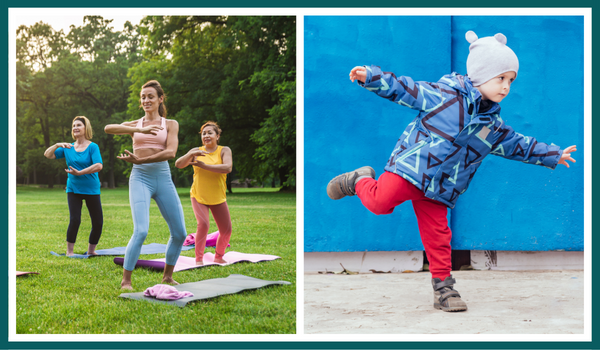The Kinesthetic Perception cognitive function is responsible for sensory feedback of the position of one’s body in space. One side or the other of the body may be involved or both sides of the body.

One may compensate for this problem by using visual cues rather than sensory feedback to determine where one’s body is in space and the location on the body of physical sensation.
One may compensate for this problem by using visual cues rather than sensory feedback to determine where one’s body is in space and the location on the body of physical sensation.
Take our 30-minute cognitive profile questionnaire to start the journey into understanding your brain's strengths and weaknesses through a cognitive lens.
The Arrowsmith Cognitive Assessment, administered by an Arrowsmith trained professional, will provide you with an in-depth insight into your unique cognitive profile.